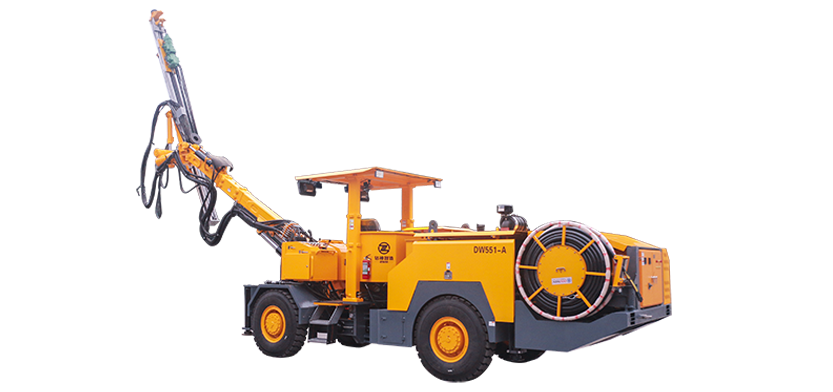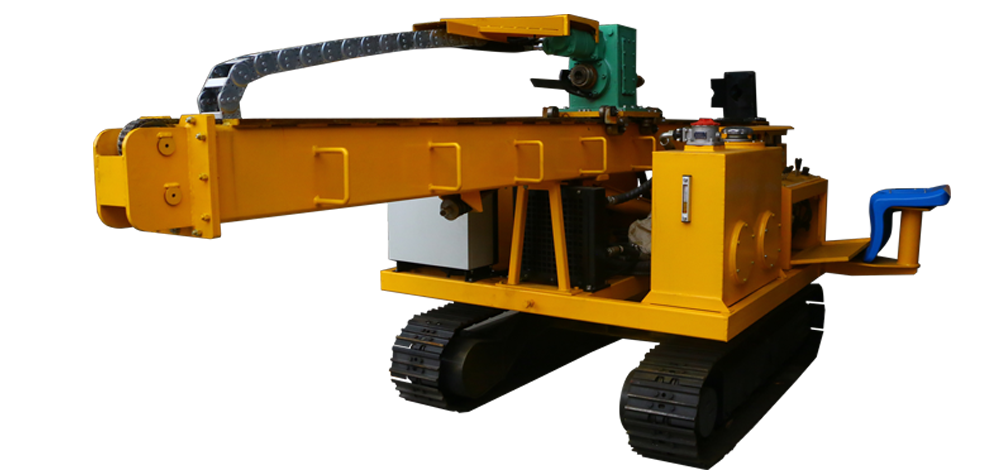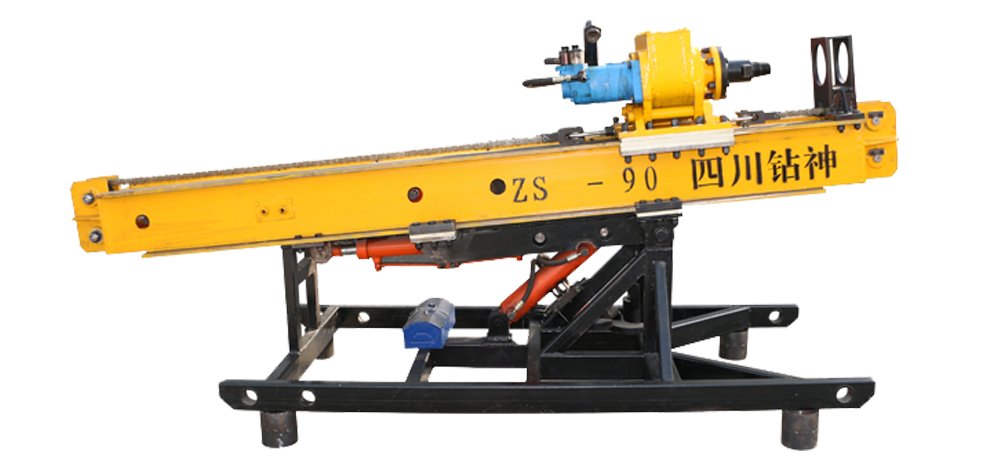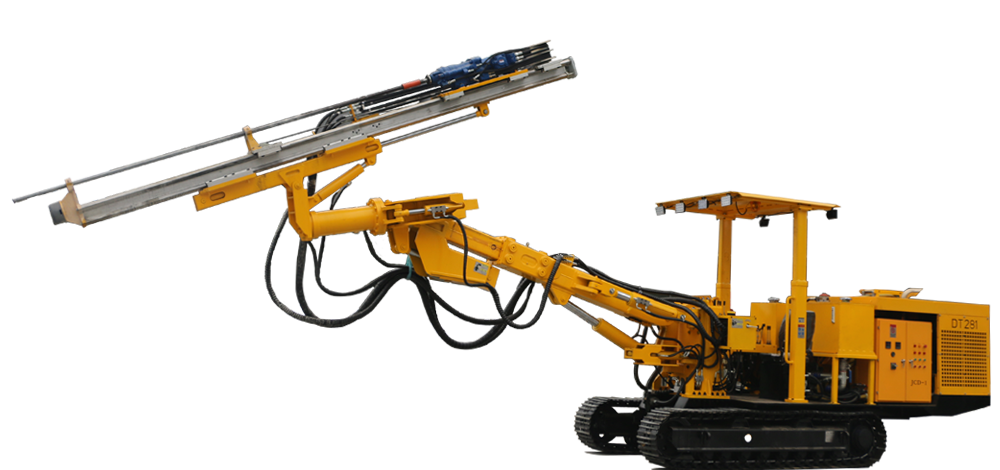
The oil industry depends on drilling rigs to extract natural resources that lie beneath Earth's surface. These machines are available in various sizes for specific geological conditions and drilling requirements. Without drilling rigs industries can’t effectively reach subsurface materials for exploration and geological operations. Drilling technologies have continued to advance which results in faster operations, better precision, and environmental protection.
Businesses that extract resources must understand drilling rig fundamentals, varieties and essential operational elements. This article offers an in-depth examination of drilling rigs. It covers everything from their primary functions to the sophisticated technologies that drive modern drilling operations. Industrial operations across the world depend on drilling rigs as fundamental elements to extract minerals from below ground and retrieve offshore petroleum reserves. ZSIM is a leading organization for high-quality drilling equipment by producing various drill rigs which fulfil different industrial specifications.
Drilling rigs represent specialized machinery that penetrates earth surfaces to retrieve oil, gas, underground water, and minerals. The drilling rig is available in different sizes that span from mobile shallow drilling rigs to large offshore petroleum extraction platforms built to access deep ocean reserves. A drilling rig is a network of interconnected systems that is used to drill, stabilize, and extract from the subsurface.
A drilling rig generates boreholes by penetrating rocks, soils, and other geological formations. Drilling operations need accurate execution because mistakes during drilling cause financial losses, environmental destruction, and harmful accidents. Modern drilling rigs serve two vital purposes beyond resource extraction. They support scientific goals such as geological studies, monitoring groundwater levels, and glacier analysis for climate research.
The various industries use drilling rigs to perform multiple applications. The main role of drilling rigs includes creating access points to underground resources but they serve specialized functions in construction, environmental studies, and geotechnical investigations. The main uses of drilling rigs consist of:
Oil and Gas Exploration - People use drilling rigs mainly for oil and gas activities. Mineral operations use deep drilling techniques to reach underground reservoirs containing crude oil and natural gas. The rigs operate from permanent bases either land or sea depending on where the mineral deposits are situated.
Mineral Exploration and Mining – Mining organizations use drilling rigs as tools for locating and then mining essential minerals such as gold, copper, and diamonds. The exploration of core samples by geologists allows them to examine underground rock compositions which helps determine whether a site is worth developing.
Water Well Drilling — This type of drilling is vital because several communities and industries extract their main water supply from groundwater sources. Drilling rigs produce deep wells that deliver clean drinking water, irrigation for agriculture, and supply water for industrial applications.
Geotechnical Investigations – Constructing buildings demands complete knowledge of soil conditions below the surface to prevent accidents and maintain structure security. Soil and rock sampling is done using drilling rigs to determine engineering specifications for road building, bridge construction, and skyscraper development.
Environmental Studies – The drilling equipment helps with groundwater quality monitoring, studying soil contamination, and extracting data from ice core drilling to analyze climate history. Studies conducted with drilling rigs enable scientists and policymakers to create well-informed choices about environmental protection and land use decisions.
ZSIM delivers different types of high-performance drilling rigs made for particular market needs. The appropriate drill rig selection happens by considering terrain conditions, drilling depth requirements, and the nature of drilled materials. This list outline the essential drill rigs available in the market:

Crawler drill rigs use tracks as their mobility system which allows them to operate effectively in uneven surfaces. Construction sites, mines, and infrastructure buildings use these rigs to operate in problematic ground surfaces in their development projects. The crawler tracks enhance both stability and operational control which enables reliable work on different types of ground surfaces such as slopes and rocks and in wet conditions.

Grouting drilling equipment serves the dual purpose of injecting grout into ground materials for foundation stabilization, crack sealing, and tunnel dam water leakage control. Large construction projects such as bridges, tunnels, and high-rise buildings rely on grouting procedures to increase their structural stability. The rigs create exact boreholes for grout injection at high pressure so weak subsurface areas and voids get properly filled.

Tanker rigs are an anchor installation devices to give additional reinforcement to slopes alongside retaining walls and major infrastructure projects. Drilling rigs maintain infrastructure stability through their process of deep hole drilling operations which leads to anchoring vital reinforcement components. The anchor drilling rigs are an essential tool for preventing soil erosion and improving ground stability in mountainous and landslide-prone areas.

Rock drilling rigs perform penetrations through hard rock formations due to their efficient design. Mining and quarrying operations require these rigs to perform proficient drill bit functions using their durable hydraulic systems. The equipment produces holes which serve three purposes: for explosions, mineral extraction and underground construction. The advanced rock drilling rigs integrate innovation by providing mitigation systems to reduce environmental hazards caused by noise and dust emissions.

Small and lightweight drilling rigs designed for tight locations make up underground drilling rigs which operate successfully within cavity spaces including tunnels and mines. The rigs achieve exact drilling requirements in restricted underground areas while working under limited space constraints. These devices serve three primary applications: geological research and tunnel construction along with underground water assessment identification.
A drilling rig functions by incorporating three main operating systems: mechanical, hydraulic, and pneumatic components that penetrate soil and rock formations. Energy production from the rig's power system enables the transfer of power to rotating and hoisting systems. The drill string and drill bit make up the rotating system, which performs surface penetration.
The advancing drill bit requires drilling fluid to flow through the newly created borehole. Drilling fluid has several functions while operating within the borehole: It cools drill bits, stabilizes the borehole wall, and helps lift rock debris to surface level.
During operations, the hoisting system uses cables and pulleys to lower and lift the drill string. Project requirements determine which drilling method will be used for the operations.
Drilling is the fundamental method to reach resources located beneath the earth. It includes extracting petroleum, natural gas, minerals and water from below ground. Furthermore, drilling enables multiple functions which exceed resource acquisition. Scientific drilling helps research on climate history by extracting ice cores and geological research for earthquake prediction. Construction drilling allows workers to set foundation piles and create geothermal energy systems in addition to building underground tunnels.
A drilling rig consists of four primary systems that work together to complete drilling operations effectively:
Power System – Provides energy to the entire rig, usually through diesel engines or electric motors.
Hoisting System – Manages the raising and lowering of the drill string and other heavy components.
Rotating System – Includes the drill bit and drill string, responsible for cutting into subsurface layers.
Circulating System – Pumps drilling fluid through the borehole to cool the drill bit and remove cuttings.
Modern drilling rigs operate with advanced technology which enhance operational efficiency, safety performance, and sustainable environmental practices. Automation, remote monitoring technology, and AI systems operators now possess improved precision for drilling control operations. Real-time pressure monitoring systems and blowout preventers serve to lower safety risks that come from high-pressure drilling.
The evolution of drilling rigs progressed from rotary drilling technology to offshore platform systems in order to meet worldwide industry needs. ZSIM maintain its status through the development of high-performance drilling equipment that delivers reliable technology solutions for latest market specifications.
Drilling rigs are an essential equipment which sustain the operations of oil and gas exploration, mining and construction, and geotechnical engineering industries. Drilling rigs includes crawler drill rigs and underground drilling rigs and each type operates according to specific project needs and geological framework. The knowledge of drilling system mechanics, technology components, and recent technological developments help industries boost operational efficiency and decrease environmental effects.
ZSIM delivers a comprehensive selection of top-quality drilling rigs that deliver reliable and high-performance results in different applications. Automatic systems, latest drilling technologies, and enhanced safety features lead to a developing drilling sector that maintains high efficiency and sustainability of resource extraction operations. Industrial development will continuously need drilling rigs to support energy production, infrastructure projects, and scientific studies.